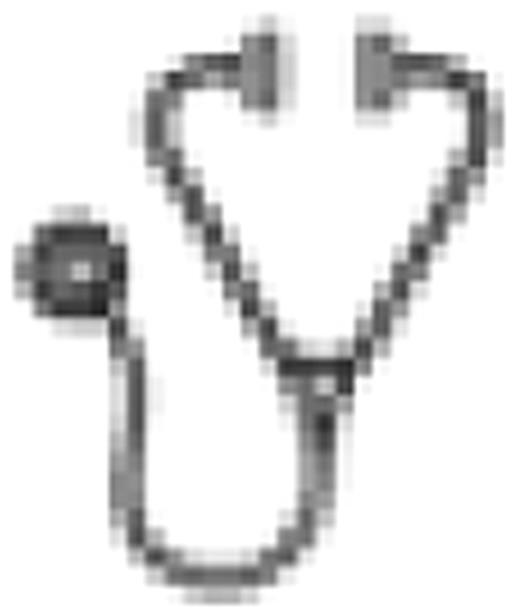Abstract
Abstract 399
The ability of hematopoietic stem cells (HSCs) to maintain an undifferentiated state and undergo self-renewal is partly regulated by external signals originating from the stem cell niche. One receptor expressed on HSCs that is known to be involved in HSC niche biology is the calcium-sensing receptor (CaR). Our previous study using HSCs obtained from the fetal liver of mice deficient in CaR has shown the crucial role of CaR in HSC lodgment and engraftment in the bone marrow (BM), where CaR-/- HSCs lose their ability to lodge in the endosteal surface of the bone, leading to defective engraftment. To further investigate the mechanism of CaR-mediated lodgment of HSCs, we used a pharmacological approach to activate the receptor and assess the in vitro and in vivo effects. Cinacalcet treatment, which acts as a positive allosteric modulator of CaR to increase the sensitivity of the receptor to activation by extracellular Ca2+, leads to a 3-fold increase in primitive hematopoietic cell activity in vitro as assessed by the cobblestone forming cell assay. The increase in activity in vitro does not appear to be an effect of alterations in cell proliferation, cell survival or the expression of cell adhesion molecules such as VLA-4 or L-selectin. Rather, with CaR stimulation, long-term HSCs have an increased adhesion capability to collagen I, a major ECM molecule present predominantly in the BM endosteal region. We also observed that activation of the CaR following Cinacalcet treatment significantly enhances HSC homing to the BM, lodgment at the endosteal surface and in vivo engraftment capabilities as assessed by a competitive repopulation assay. This enhancement of in vivo activity correlates with increased CXCR4 signaling and migration towards an SDF-1alpha stimulus. Signaling through this receptor is known to be important in cell migration, proliferation, survival, and retention of HSCs in the BM following transplantation. Analysis of the CaR on human cells has demonstrated that there is a distinct population of CaR+ cells present in the CD34+ cell population. The frequency of this population varies between approximately 2% on mobilized peripheral blood CD34+ cells and 6% on BM CD34+ cells. Further analysis is being performed to define the identity of this subpopulation of CaR+CD34+ cells. These mechanisms by which the CaR dictates preferential localization of HSCs in the BM endosteal region may provide additional insights for the fundamental interrelationship between the stem cell niche and stem cell fate. These studies also have implications in the area of clinical stem cell transplantation, where ex vivo modulation of the CaR may be envisioned as a strategy to enhance HSC engraftment in the BM.
No relevant conflicts of interest to declare.

This icon denotes an abstract that is clinically relevant.
Author notes
Asterisk with author names denotes non-ASH members.

This feature is available to Subscribers Only
Sign In or Create an Account Close Modal